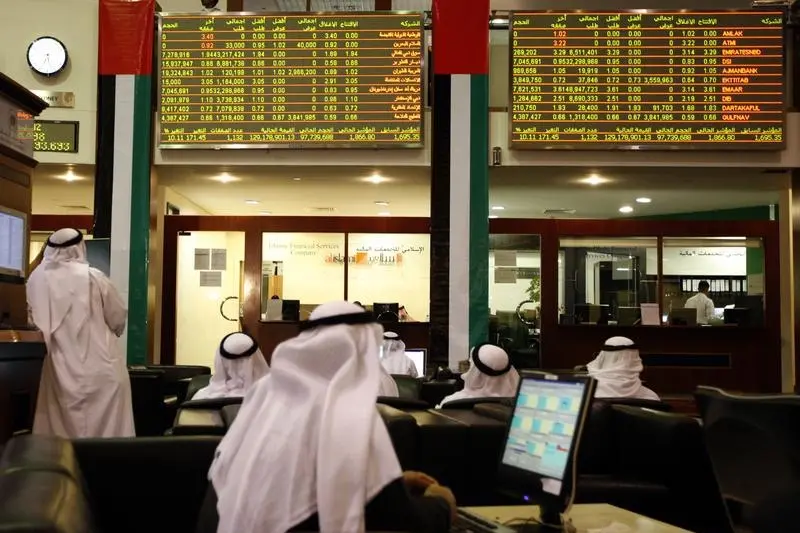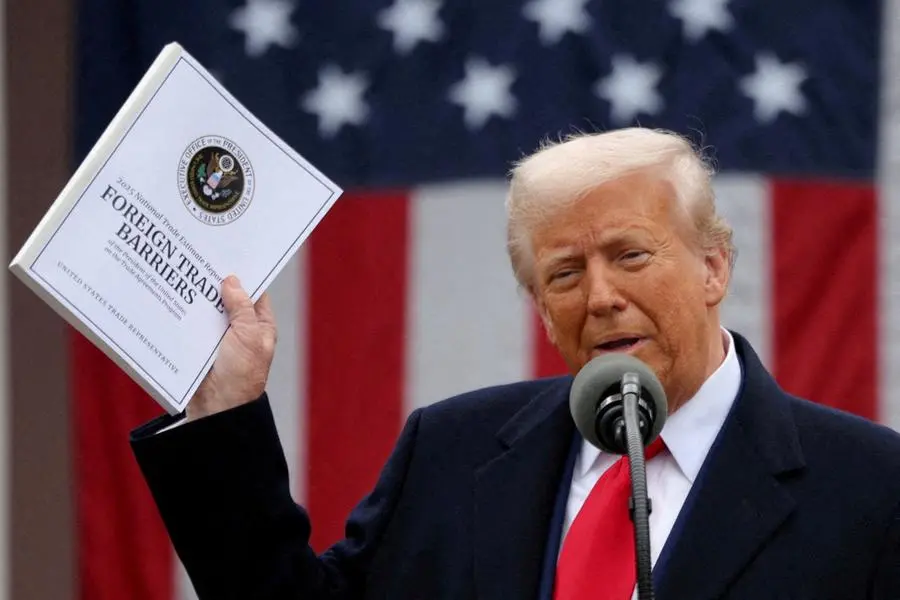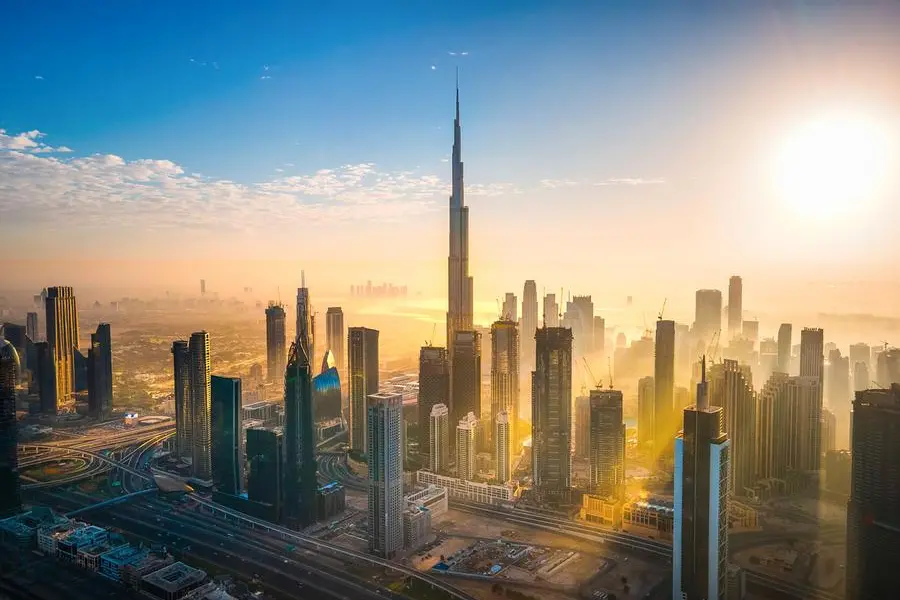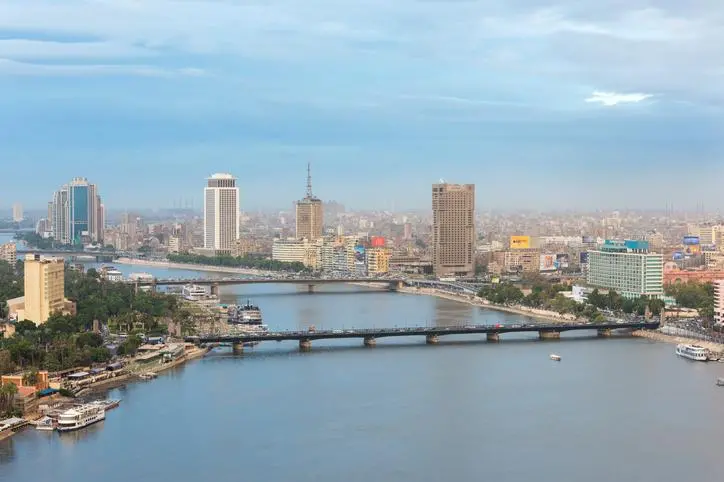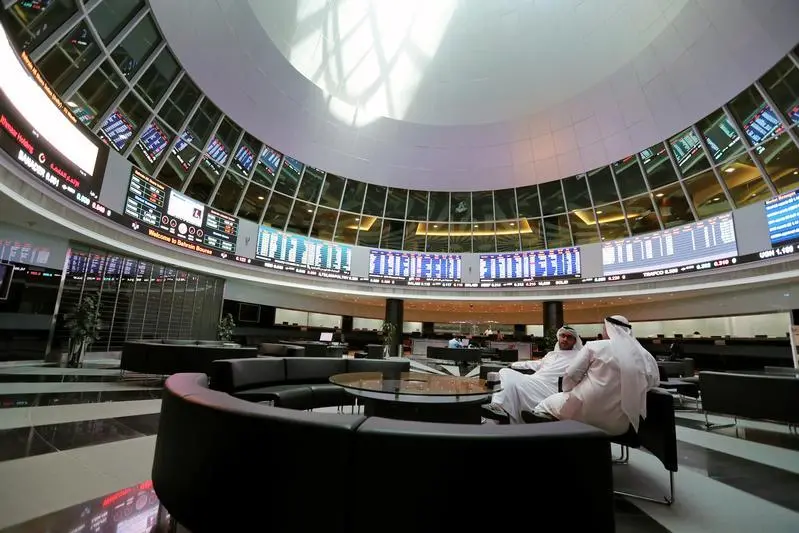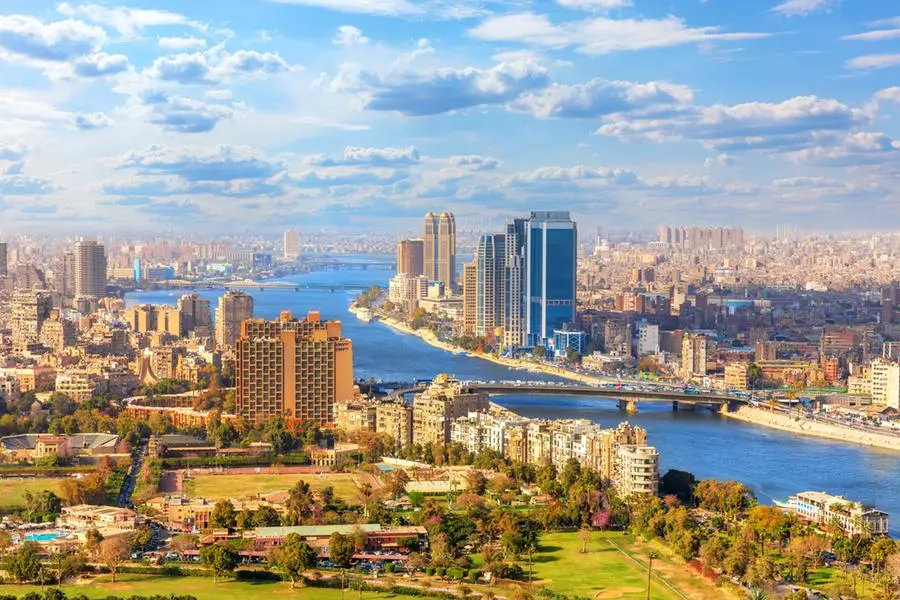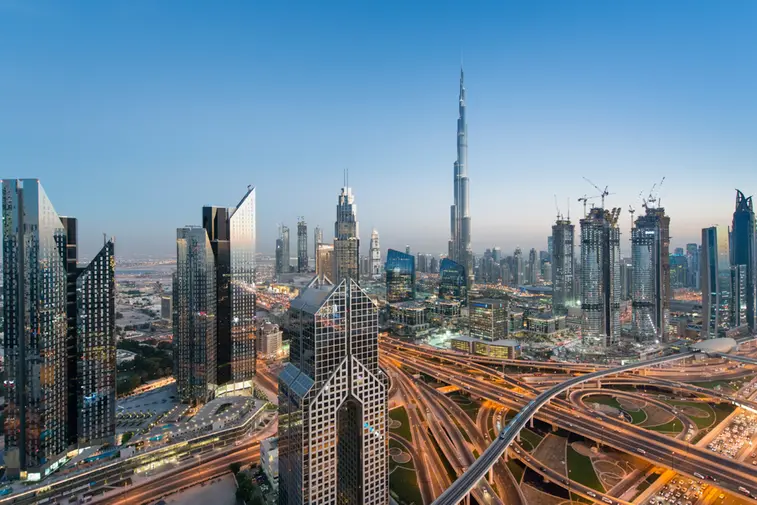PHOTO
South African delegates sit behind a glass with BRICS logo as the BRICS summit is held in Johannesburg, South Africa August 23, 2023. REUTERS/Alet Pretorius
(The opinions expressed here are those of the author, a columnist for Reuters.)
LITTLETON, Colorado - The BRICS group of major emerging economies - Brazil, Russia, India, China and South Africa - emitted a record 1.98 billion metric tons of carbon dioxide from power generation during the first quarter of 2024, data from energy think tank Ember shows.
That emissions toll was roughly 500 million tons greater than the entire emissions load generated by the rest of the world combined and highlights the diverging pollution trends between key fast-growing economies and most developed countries.
A compounding concern for emissions trackers is a potential deterioration in trade relations between BRICS members and the United States and its allies, and the possibility that BRICS members prioritize economic growth over decarbonization efforts.
Together, the BRICS countries account for more than 40% of the world's population and around a quarter of the global economy, and so hold significant clout when banded together.
The bloc was founded as an informal club in 2009 to challenge a world order dominated by western economies, and over 40 other countries including Indonesia, Saudi Arabia, Egypt and Kazakhstan have expressed interest in joining the forum.
If the current BRICS group opts to incorporate aspiring members, the new club could have the means to largely ignore western economic pressure to reduce pollution, as growing trade and investment within the new BRICS bloc could provide a shield against blowback by western-affiliated trade partners.
HEAVY HITTERS
China and India alone accounted for over 90% of the BRICS emissions total during the first quarter, highlighting how concentrated power pollution is within the BRICS bloc due to high coal use by Asian nations.
China and India are also arguably the most influential members of the BRICS, with the power to deliver on trade pacts and to undertake significant foreign investment campaigns that could lure new members.
As the world's largest power producer and renewable energy developer, China is also a key player on the global stage in terms of current fossil fuel emissions as well as renewable energy generation potential.
The country discharged roughly 5.4 billion tons of CO2 from fossil fuel power generation in 2023, or roughly 40% of the global total, which has made China a key target for international pressure to reduce global pollution.
China is also by far the world's top clean energy developer and exporter, and aims to dominate the production and export of clean energy products over the coming decades.
However, Beijing has faced accusations of unfair trade practices involving the dumping solar panels, electric vehicles and other products onto world markets at prices that undercut rival producers.
This has led to trade spats with the United States and Europe in recent years and protracted disputes at the World Trade Organisation (WTO).
Over the same period, China has emerged as the top destination for exports from nations that face western sanctions, including Russia and Iran, providing those countries with critical earnings that further strain China's relations with western powers.
India, the world's second largest coal user behind China, has also frustrated western sanctions efforts by emerging as a key buyer of Russian commodity exports, including crude oil, coal and natural gas.
India is also under growing international pressure to cut power emissions, but like China is struggling to balance the energy needs of its fast-growing economy with pledges to rein in pollution.
India also faces the challenge of generating sufficient jobs for its 1.4 billion population - the world's largest - which entails a rapid and sustained expansion to its cost-sensitive manufacturing sector.
Power firms have committed to sharply increasing energy supplies from clean sources but still rely on low-cost coal to produce over 75% of the country's electricity.
India has pledged to reach net zero carbon emissions by 2070 but is deemed highly unlikely to reach that target, given the enduring reliance on coal and planned further expansions in use of the fuel, according to Climate Action Tracker.
EXPANSION DRIVE
In addition to China and India, Russia also recorded sharp growth in power emissions during the first quarter, while Brazil and South Africa kept emissions largely flat.
These emissions trends put BRICS members at odds with many western nations.
But the fact that each BRICS nation is a key producer of several critical items that aid economic growth makes BRICS membership attractive to other emerging economies.
In addition to surging volumes of low-cost manufactured and semi-finished goods, BRICS nations produce and export coal, gas, crude oil, soybeans, corn, rice, metals and rare earth minerals.
Many BRICS nations are also committed to consuming growing volumes of most fossil fuels for the coming decades, which makes the bloc an attractive trade partner for the likes of Saudi Arabia and Indonesia which have abundant fuel supplies but face diminishing demand for them in western markets.
At present, the still-limited degree of BRICS forum engagement with other countries means that western policymakers still play a key role in major decisions by most emerging market governments.
And that means that western values about the environment may still prevail and spark a power sector clean-up in some countries.
But if BRICS nations opt to find new club members that seek economic growth above all else, the reduction of emissions may take a back seat to further emissions-laden industrial expansion.
(Reporting by Gavin Maguire; Editing by Sonali Paul)









